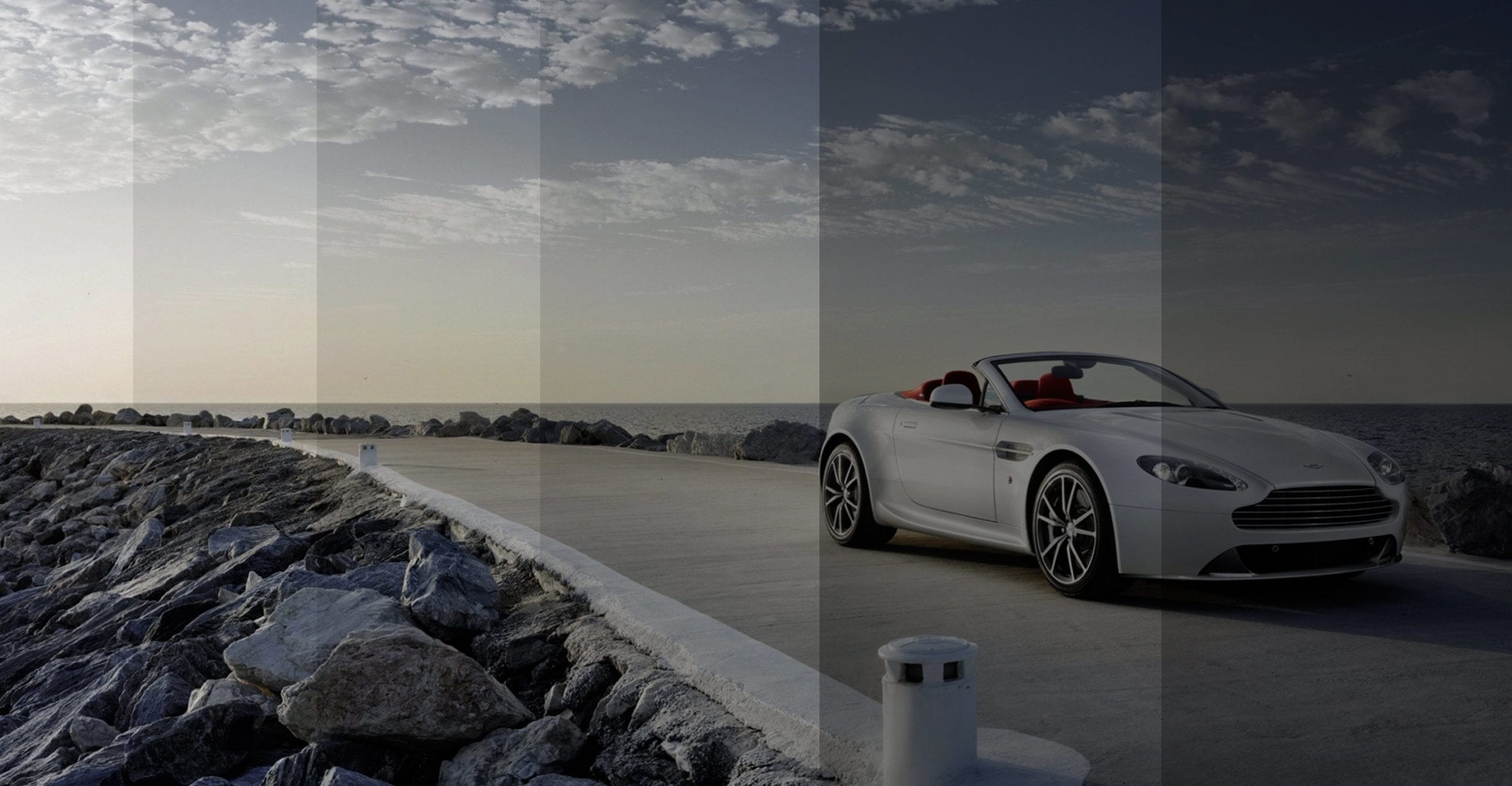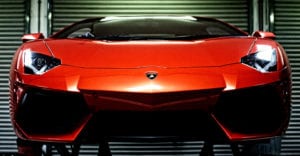Vehicle window film manufacturers and installers use a measurement called the Visible Light Transmission (VLT) to gauge the darkness of a window tint. The VLT of a specific tint is given as a percentage of the visible light that passes through the window; so, a tint with a VLT level of 40% means that 40% of the visible light that a window is exposed to will pass through. The lower the VLT percentage, the darker the window. A 10% VLT tint is very dark, as only 10% of exposed light passes through, whereas a film rated 75% VLT is comparatively light.
How do you calculate the true VLT of your windows?
The windows that car manufacturers install are never perfectly clear (100% VLT), so that can make it difficult to know which tint to have installed to achieve your desired overall tint. The glass that most automakers use has a VLT rating of about 80% (which is quite clear), but the default VLT of each car model varies.
To calculate the total VLT of a vehicle’s window once tint has been applied, you must multiply the VLT of the glass by the VLT of the tint that is applied to the glass. For example, applying a 10% VLT film (quite dark) to a glass that has a 75% VLT (quite clear), you multiply 10% x 75% = 7.5%. From this example, you can see that applying a film with a 10% VLT rating does not result in the glass with 10% VLT.
How do I know my vehicle’s current VLT %?
There are several ways to find out the current VLT of your car’s glass. Experienced automotive window tint technicians will be able to estimate your VLT to an accuracy of about 5% just by looking at it. There are devices used by professionals and law enforcement that measure VLT levels with extreme precision. The devices use a laser to test the light permeability of the window.
VLT and film performance vary independently; we have nearly invisible films that still reduce glare and block broad-spectrum UV radiation. Understanding VLT ratings will help you ensure that you find the ideal product. If you have any questions about VLT or are interested in any of our automotive products, just give us a shout – we’re always happy to chat.
Do VLT specs and performance always line up?
This is a very good question. In the past, if you wanted more heat rejection, you had to go darker with your window film. Today, this is not entirely true. If you opt for a nano-ceramic window film, you have the opportunity to enjoy much greater heat rejection without having to choose an extremely dark shade of tint.
The films offered by Tekton and our experienced Autobahn dealers give customers tremendous flexibility. You can with a dark dyed film to match your aesthetic (and your budget), or you can opt for a lighter shade of ceramic film while enjoying increased performance without resorting to blacked-out windows.



